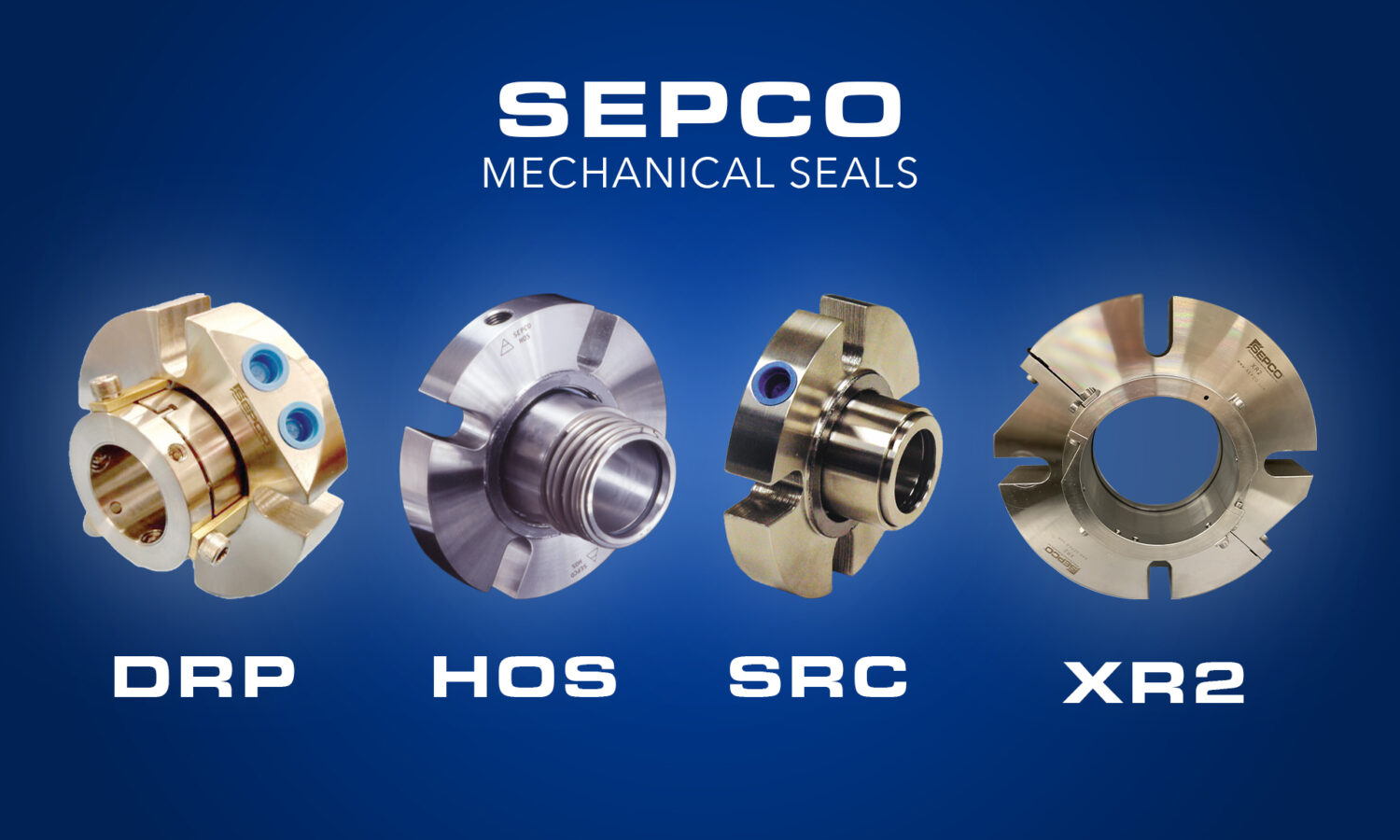Get the Correct Mechanical Seal Size for Your Equipment
 Determining the correct size of a mechanical seal is crucial for efficient and leak-free operation. Below is a step-by-step guide to help you determine the appropriate mechanical seal size for your equipment.
Determining the correct size of a mechanical seal is crucial for efficient and leak-free operation. Below is a step-by-step guide to help you determine the appropriate mechanical seal size for your equipment.
Manufacturer’s Documentation:
- Start by checking any documentation that came with your equipment. Manuals or specification sheets for pumps or other machinery often list recommended or compatible seal sizes.
Physical Inspection:
- If you’re replacing an existing seal, you can measure the old one. Ensure you measure:
- Shaft diameter at the seal location.
- Seal chamber or stuffing box bore.
- Seal chamber or stuffing box depth.
- Application Details:
Understand the specifics of your application. Consider the following:
- Type of fluid being sealed.
- Temperature and pressure conditions.
- Shaft speed.
- Any abrasive or corrosive properties of the fluid.
- These details can affect seal material selection and influence the seal size or type you need.
Consult with the Equipment Manufacturer:
- Reach out to the manufacturer of your pump or machinery. With the model and serial number in hand, they can often provide the specifications for the correct mechanical seal size.
Work with a Seal Supplier:
- SEPCO has databases of mechanical seal specifications for various equipment models. By providing details about your machinery and application, we can recommend the appropriate seal size and type.
Custom Solutions:
- In some cases, off-the-shelf seals may not be ideal for your application. Consider working with a manufacturer that can design and produce custom seals tailored to your specific requirements.
SEPCO PSS Data Sheet:
- SEPCO will provide a data sheet or form for you to fill out. This form will ask for various measurements and operational details to determine the right seal for your needs.
Regular Maintenance and Review:
- Regularly inspect and review the performance of your seals. This not only helps ensure the seals’ longevity and efficacy but can also give insights into whether a different size or type of seal might be more appropriate based on wear patterns or failure modes.
While the physical dimensions of the seal are essential, it’s equally crucial to ensure that the materials and design of the seal are suitable for the application. The correct seal will not only fit but will also be able to handle the pressures, temperatures, and chemical nature of the fluids in the system.
Looking for a Sealing Solutions Provider?
SEPCO has sealing solutions for many applications, even those with the strictest standards and the most challenging environments. We have decades of experience in providing solutions across multiple industries. We can help.
 SEAL CONNECT
SEAL CONNECT Find Your Sealing Solution
Find Your Sealing Solution